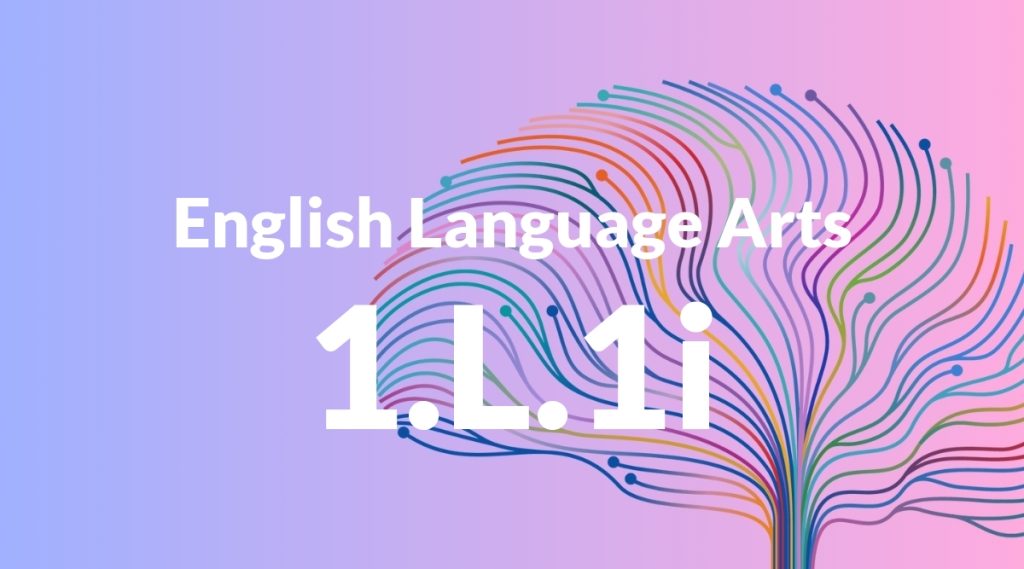Standard: 1.L.1i – Use frequently occurring prepositions (e.g., during, beyond, toward).
Grade level: Grade 1
Subject: English Language Arts
Domain: Language
Teacher Overview
This standard focuses on helping students understand and use frequently occurring prepositions in their speech and writing. Mastering prepositions is crucial for building more complex sentence structures and enhancing overall communication skills. Students should be able to identify nouns and verbs in a sentence and have a basic understanding of how words can describe relationships between objects.
After mastering this standard, students will be able to use a broader range of prepositions to create more detailed and complex sentences, aiding in their reading comprehension and writing abilities.
Common Misconception 1
A common misconception is that prepositions are the same as conjunctions. This is incorrect because prepositions show relationships between nouns and other words in a sentence, while conjunctions connect clauses or sentences.
Intervention 1
Use sentence diagramming to visually differentiate the roles of prepositions and conjunctions. Provide exercises where students identify and categorize words as prepositions or conjunctions.
Common Misconception 2
Another misconception is that prepositions only indicate location. This is incorrect because prepositions can also indicate time, direction, and other relationships.
Intervention 2
Introduce a variety of prepositions through storytelling and interactive activities that highlight different types of relationships, such as time and direction, in addition to location.
Prerequisite Knowledge
Students should understand basic sentence structure, including nouns and verbs, and be familiar with the concept of location and direction.
Subsequent Knowledge
Students will develop the ability to use a wider range of prepositions in their writing and speaking, enhancing their descriptive language and comprehension skills.
Instructional Activities
- Preposition scavenger hunt: Students find objects in the classroom and describe their locations using prepositions.
- Sentence building: Students create sentences using a set of given prepositions.
- Preposition charades: Students act out prepositions while others guess the word.
- Storytime prepositions: Read a story and have students identify and list the prepositions used.
- Preposition relay race: Students follow directions that include prepositions to complete a racecourse.




